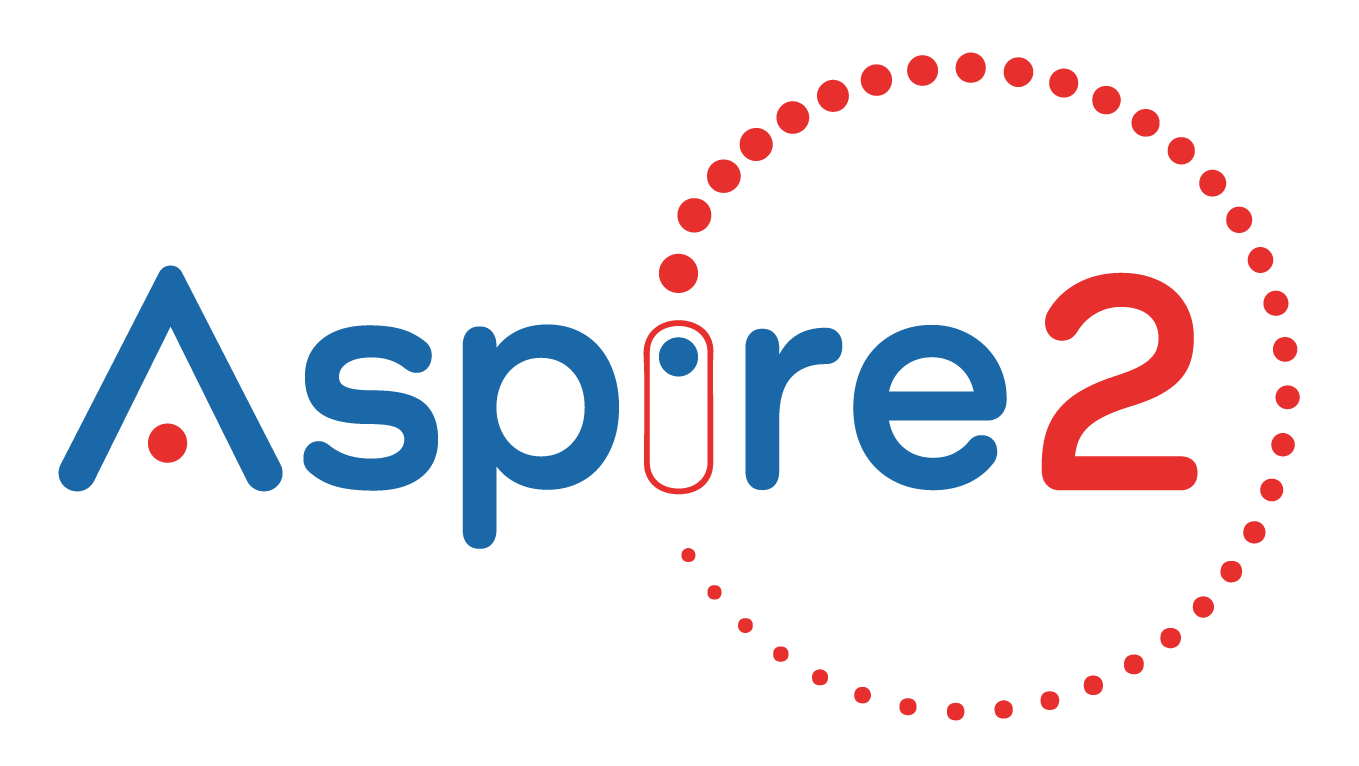
Building Shared Teaching Standards in International Schools
Teachers in international schools come from diverse backgrounds and employ various teaching styles. While a shared vision for quality teaching is vital, diversity is a strength that should be leveraged. However, this variety complicates observation and evaluation. Leaders may want flexibility, but assessing unfamiliar methods becomes challenging.
Leaders should observe, coach, and evaluate in ways that respect teachers’ diverse backgrounds while building a common language for good teaching. Research on practical observation can guide international schools and promote consistent practice.
Critical Teaching Behaviours as a Framework
The Critical Teaching Behaviours framework (Barbeau & Happel, 2023) emphasises clear, observable actions in planning, delivery, and assessment. It helps schools articulate expectations with specificity, promoting a shared understanding of quality teaching across pedagogical backgrounds. This practical focus avoids abstract debates and ensures all staff understand what good teaching looks like.
Defining behaviours is collaborative. When teachers and leaders identify key practices, they create consensus and respect diverse backgrounds. This builds commitment to shared values (Samuelsson, 2018).
Documenting and Coaching
Shared definitions of practical teaching help document specific examples of good practice and support frameworks, such as the Standards of Practice for International Teachers (Betts, 2023). These frameworks offer concrete, actionable evidence to guide coaching, inform teacher growth, and foster professional development, making pathways to improvement clear for all staff.
This approach shifts observation from checklists to coaching and dialogue. Teachers set clear goals for lessons, units, or assessments.
Read the full story on LinkedIn.

Dr Michael Boots
Executive Education Consultant



